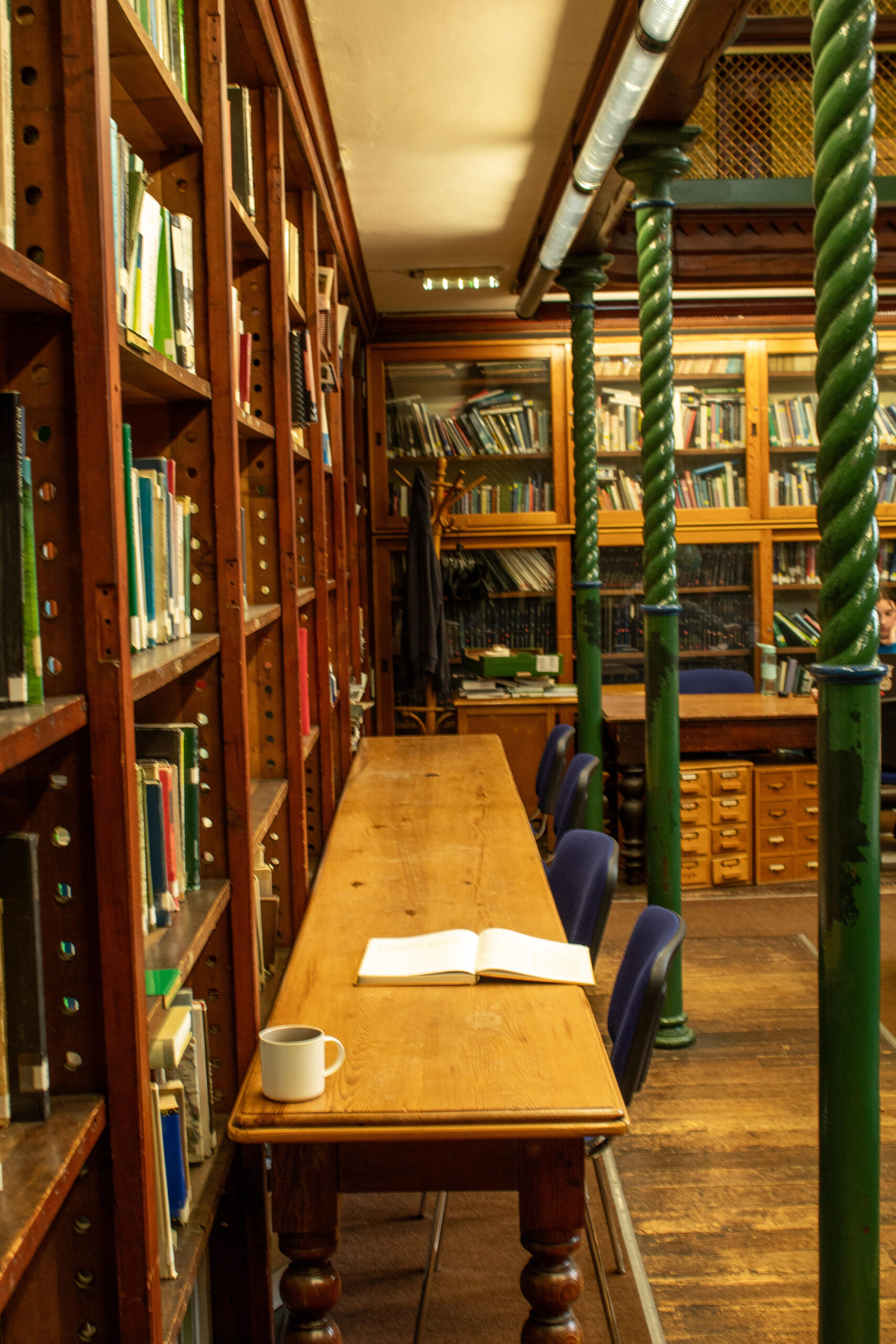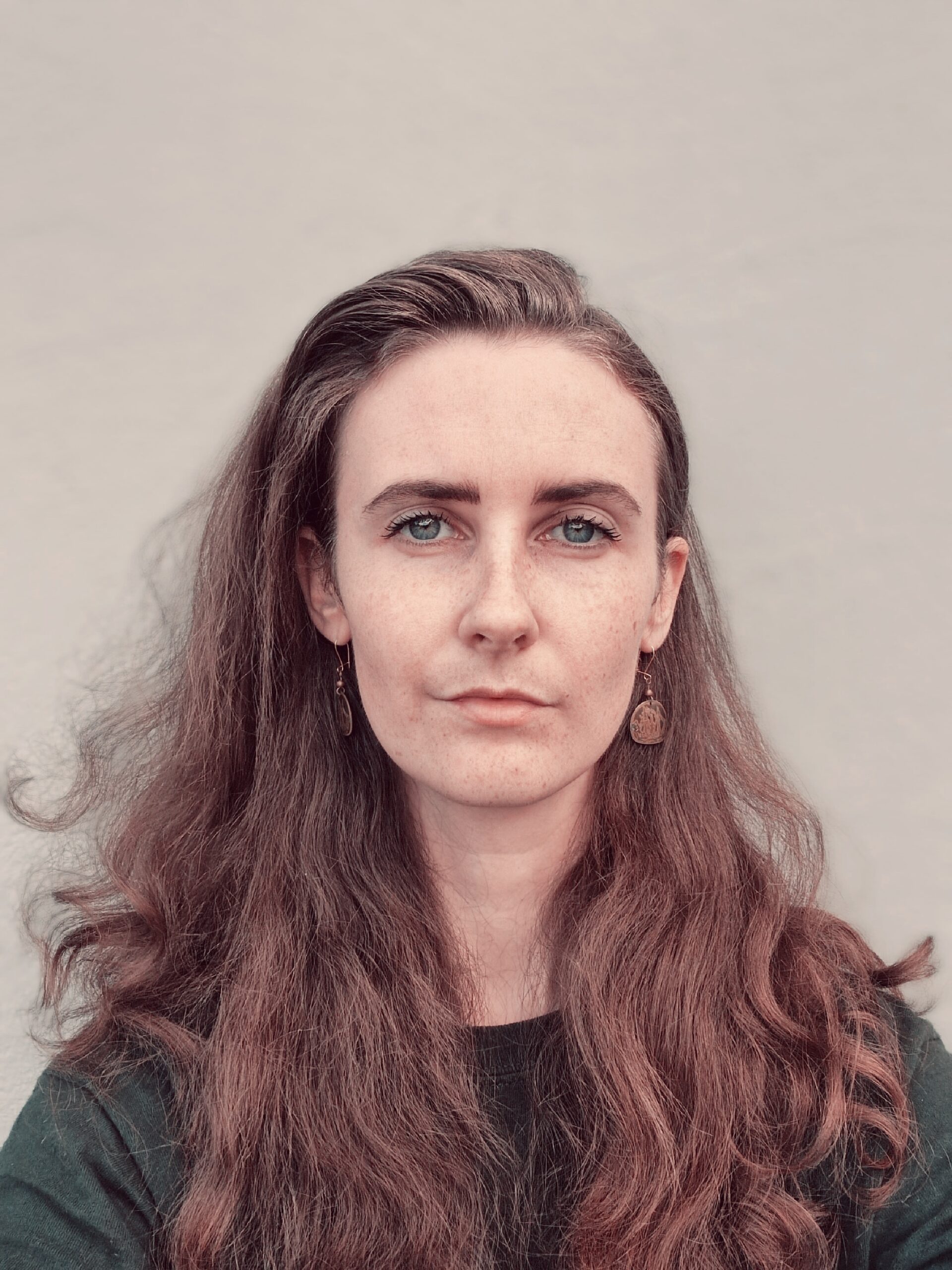Hubie Pilkington sits down with Louis Ryan, the man behind Nova Collective, a jazz group consisting of some of Trinity’s greatest creative minds.
Hubie Pilkington | Staff writer
We are blessed in Trinity to have a platform for entrepreneurship of every kind. Over the four years or more that we spend in this university, we have at our disposal a collection of clubs, societies, classes and year groups that can prove to be the birth of something that will later become part of our career or interests. The people we meet won’t just be those who we turn to for lecture notes, exam tips or someone to split a taxi fare with for the journey home after a night out. Rather these are people who, through the variety of abilities that can be found around college life, will aide us in our futures and will remain good friends.
For some of us the use of these collective talents comes to the fore as soon as we are close to finishing our Trinity spell. There are those who, either through their own new ideas or as part of someone else’s, join forces with their Trinity companions right from the word ‘go’ and, more often than not, they prove to be a partnership to reckon with. One such collaboration of Trinity talent is that of Nova Collective.
Originally conceived by Louis Ryan (a 2012 graduate of music), Nova Collective is a group of musicians who have recently come to the fore on many Trinity students’ Facebook news feeds. As a five piece consisting of some of the more well-known faces of the college’s music scene, it is hardly surprising that they are already gathering a following for themselves. Louis, himself, wrote the three current pieces as well as being the pianist. Rob Kearns takes guitar, Fiachra Kinder is on drums, Alex Ryan on bass and, taking the place of Andrew Hozier-Byrne, Jeremy Morgan sings vocals. Furthermore, when we take into account that their wonderfully directed videos include the ever-present Aaron Heffernan as well as being edited by James O’Brien Moran, it is difficult to describe the group as anything but a Trinity ‘powerhouse’ of creativity.
Despite being interconnected through college,this group formed in a rather roundabout manner. Louis, on the back of working with Collapsing Horse Theatre Company’s “Monster Clock”, figured that “there were a lot of very talented people working in the company who were perfectly suited” for a music video project. In light of this, he approached Dan Colly, the director of “Monster Clock”, as well as Colm McNally and Aaron Heffernan, who were placed in charge of lighting design and performance artistry respectively. Setting up a music ensemble was something that he says he was toying with for a long time and, having honed his instrumental concepts, he set about finding the people for the job. Through friends, work mates and word of mouth he connected the dots to make the formidable group that has come to be, sourcing from the music and drama communities most well-known to him – Trinity and Collapsing Horse.
Ryan admits that the hardest part was, in fact, trying to find a date that suited everyone to make the videos. With twelve of some of the most creative people active in Trinity over the last year, it is hardly surprising that their busy schedules clashed. Nonetheless, on a shoe-string budget, they managed it and all three videos were accomplished in one day in the UCD student theatre.
In light of this, one might wonder whether the videos were the overall goal of the project. In reality though, while the videos were an integral part of the formation of the group, the “music was the precursor to the dramaturgical trilogy” but, as we can see, both film and music “compliment one other”. When asked about the matter, Louis says that the initial aim was to do the three videos that are in existence to date but, over the course of the production, a lot of fun and enjoyment was had, and so members of the band expressed a willingness to continue playing as a group.
Another question that comes to the fore is the prominence of the videos. Were they made to make sure the music was advertised well? “I feel that a music video format offers a rich and engaging way for people to enjoy your music.”
Ryan also adds, that drawing on the Trinity crowd was great for publicising the project. “Of course, a lot of people we know are still in Trinity and there’s a great network of societies around Trinity that linked the videos and spread the word through their large followings”. But, in addition to this, there was a great response from social media outside of the Trinity sphere and the group were lucky enough to be featured on Broadsheet.ie as well as a number of music blogs.
The music itself, from the outset, would not be something that is too commonly listened to within the student scene. However, there is definitely evidence that it is being very well appreciated. Jazz has certainly had a rebound of interest across Dublin over the past few years. The air of alternative-ness seems to be doing it a favour as many young people look to listen to something new and break from what is immediately present to us. Nova Collective’s music seems to fall comfortably into such a category.
“Tuile”, with its soothing vocals, consistent subtle beat and twinkling, fragrant piano interjections, evokes memories of walks on summer days. Meanwhile, “Closer” takes a more autumnal feel. With an easing adagio tempo, the nearly operatic vocals carry this song while gently supported by the instruments that surround it. Their third song, “Quick Bossa”, is the most encompassing piece of the trilogy. Beginning slow, it quickly builds up into a more upfront sound but soon settles back into its original restful poise. The sound produces a feeling of change and movement of emotion. There is a spring-like nature to it that bounces from instrument to vocals to instrument; a dramatic piece for a dramatised music project.
Louis comments that overall, the group’s music draws considerable influence from both Irish traditional music and Latin jazz, and aims to encompass “universal and simple musical elements” such as sequences, imitation, and cadences, and bind them into a coherent, contemporary structure.
In his opinion, it is the inclusion of many of these elements in Bossa Nova music that makes it such and easily accessible and popular style of Jazz for members of the general public, and was something that he sought to emulate in his own music style. Undoubtedly, this has been achieved, and in my opinion, it as been achieved with great success. Through each piece we recognise the bossa strand of music but are consistently awakened by phrases that are mildly spattered with a classical style.
So what next for this extremely competent group of Trinity students? They have just finished recording three new songs in Windmill Lane studios, which will be released over the coming two months. They have also recently played at both the Trinity Arts Festival closing night and Jazz Showcase, and have since been offered a one-hour show in the Project Arts Centre on Wednesday 3rd April, which will feature Aaron Heffernan in a role as a performance artist, as well as a lighting display by Colm McNally (booking details are available on projectartscentre.ie). Whatever comes of Nova Collective over the next year, what cannot be denied is their sheer combined ability. They are an excellent example of the resources that are available to us in college and how they can join together to produce a talented creative enterprise.







